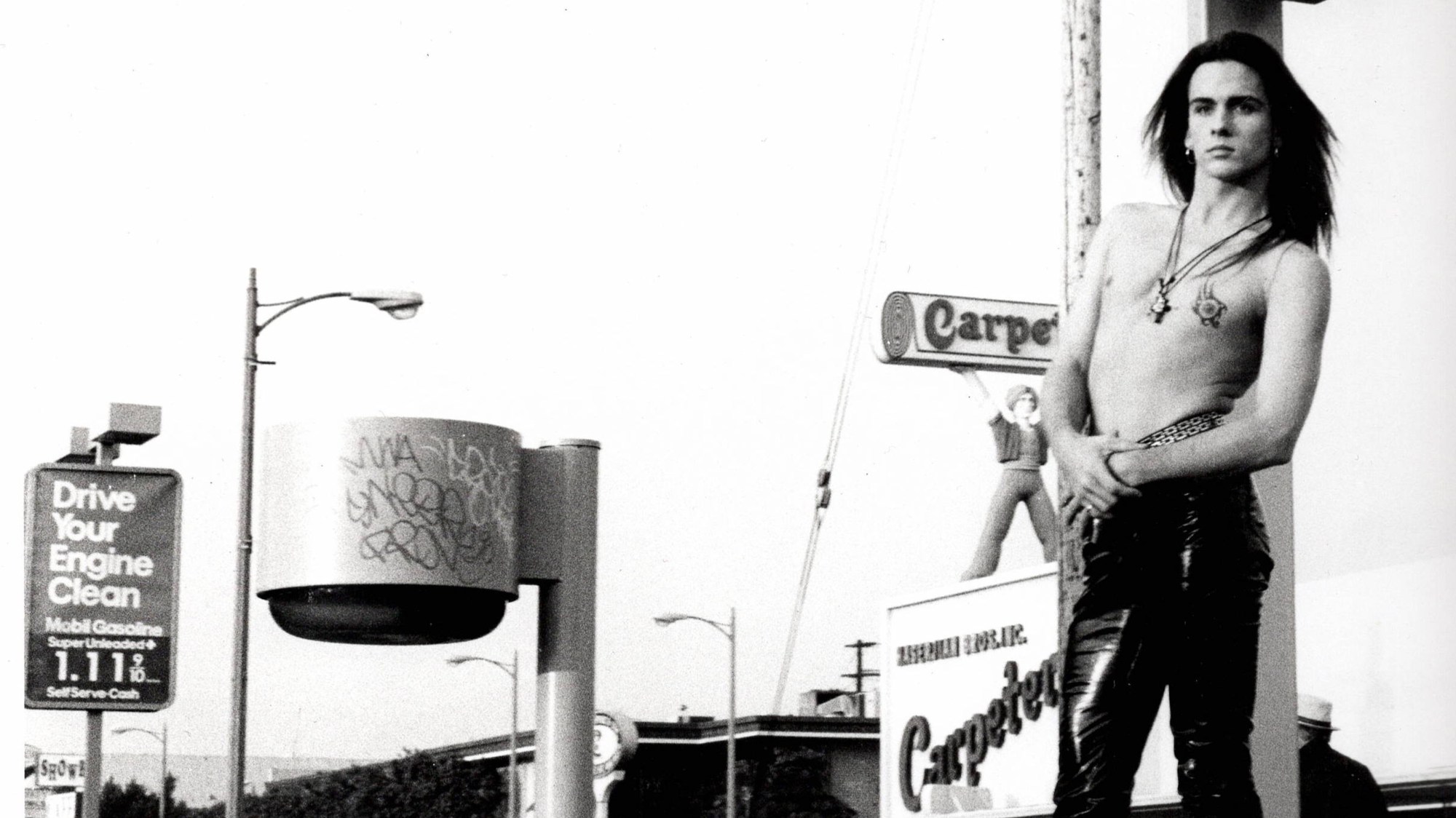Blessed with an exquisite memory for detail, photographer Rick Castro masterfully weaves a cinematic tale of outlaw sex that unfolds with the deft precision of a Billy Wilder script. “Back in high school, my best friend Eric hot-wired his mother’s 64 Valiant with push-button gears, and we would ditch class and go to Hollywood,” he remembers. “It was 74, 75, and the first street we discovered was Selma Avenue — and in that era, it was the hustler street.”
Just 15 years old at the time, Rick’s curiosity was piqued. He and Eric would go to Arthur J’s, a little coffee shop on the corner of Highland and Santa Monica at the heart of Hollywood’s cruising scene. “As we were walking through the doors, a Mercedes pulled up with an old guy kind of like Liberace,” Rick says. “And then out came this really young boy with a shag and puka shells. I said to Eric, ‘What could they possibly have in common?’ and he said, ‘I know what it is’.”
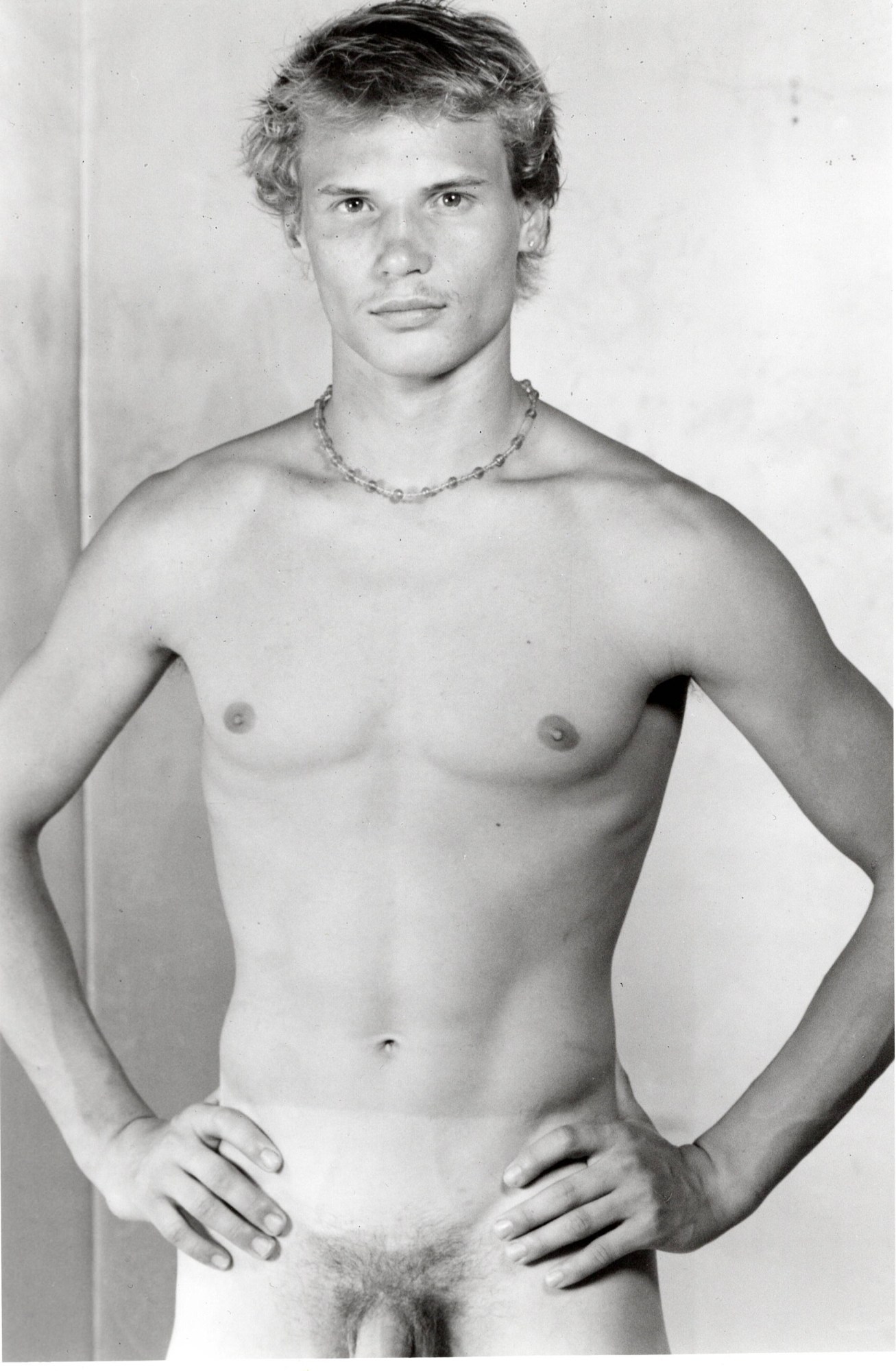
At that moment, the penny dropped. Though Rick was too young to have seen Midnight Cowboy, he instinctively recognised the pair as sex worker and client. First popularised in the 1965 Andy Warhol and Paul Morrissey film My Hustler, the male sex worker finally emerged from the shadows to become the libertine anti-hero of the freewheeling post-Stonewall era.
In the summer of 1976, 17-year-old Rick moved to Hollywood, just as the West Hollywood police began cracking down on street prostitution on Selma Ave. The scene moved to Santa Monica Boulevard, where it openly thrived all hours of the day and night during the 80s and 90s. “It was a forest of boys, and many were great looking,” says Rick, who got his start working as a wardrobe stylist for photo legends George Hurrell, Herb Ritts and Joel-Peter Witkin.
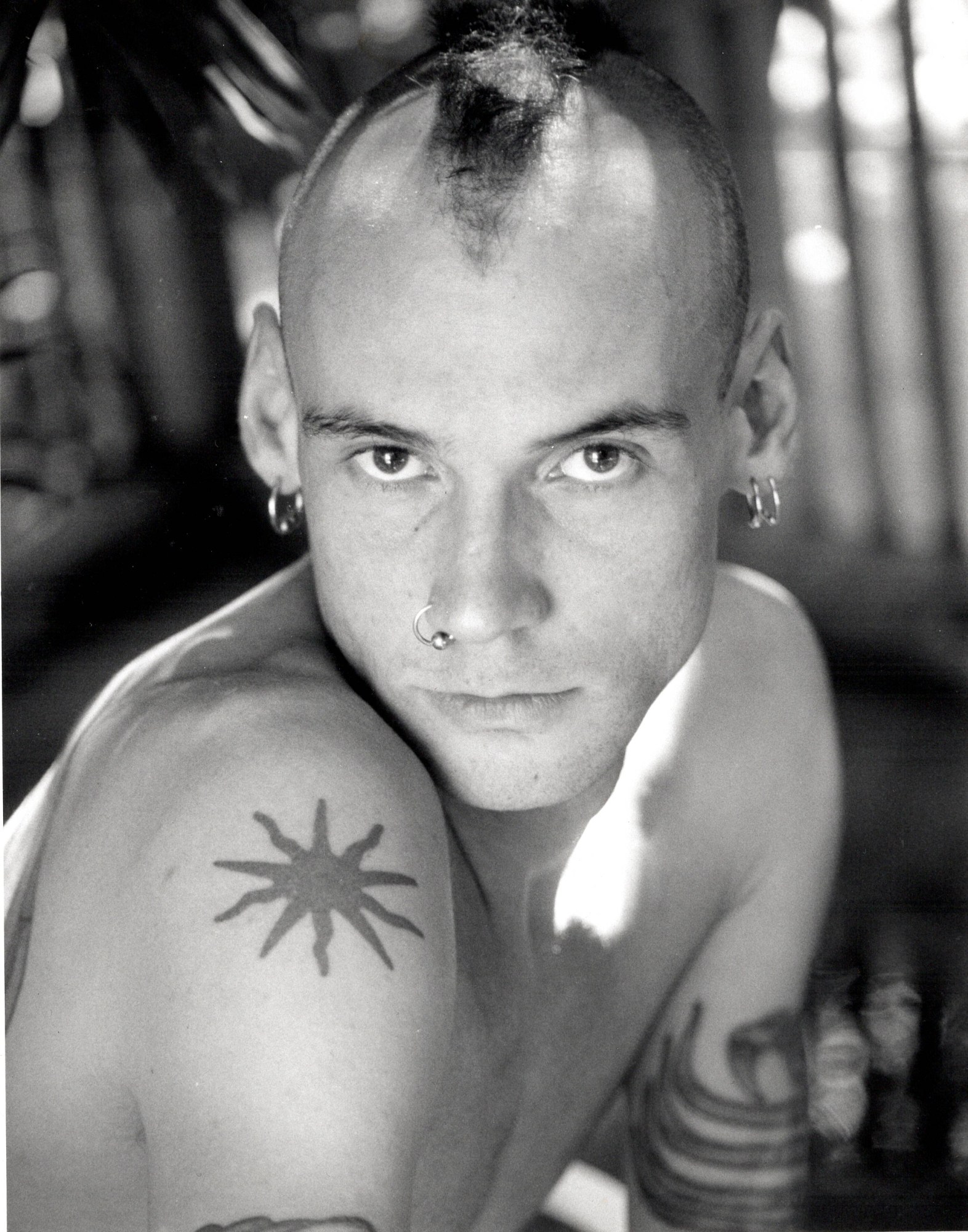
In 1986, Rick took his first photograph of a then-unknown model named Tony Ward, who would soon skyrocket to fame after appearing in Madonna’s groundbreaking 1990 music video, “Justify My Love”. Embracing the exquisite craftsmanship of Ritts, the technical precision of Hurrell, and the subversive majesty of Witkin, Rick combined classic photography with kink, establishing himself as the “Fetish King”.
He intuitively gravitated to the hustlers on Santa Monica, recognising an untamed beauty and raw sexuality that naturally lent itself to portraiture. “Being a new photographer, I wanted to document and capture everything. I’ve always been a shy person, so going to the bars and the clubs was a little too much for me,” Rick says. “But approaching these boys was straightforward — they were there to work. It was quick and easy and I got very obsessed. I was taking photos of the boys on a weekly basis — sometimes daily basis. These boys were available and happy to oblige because it was just photography, and it was very quick. Totally wham bam, thank you, ma’am.”
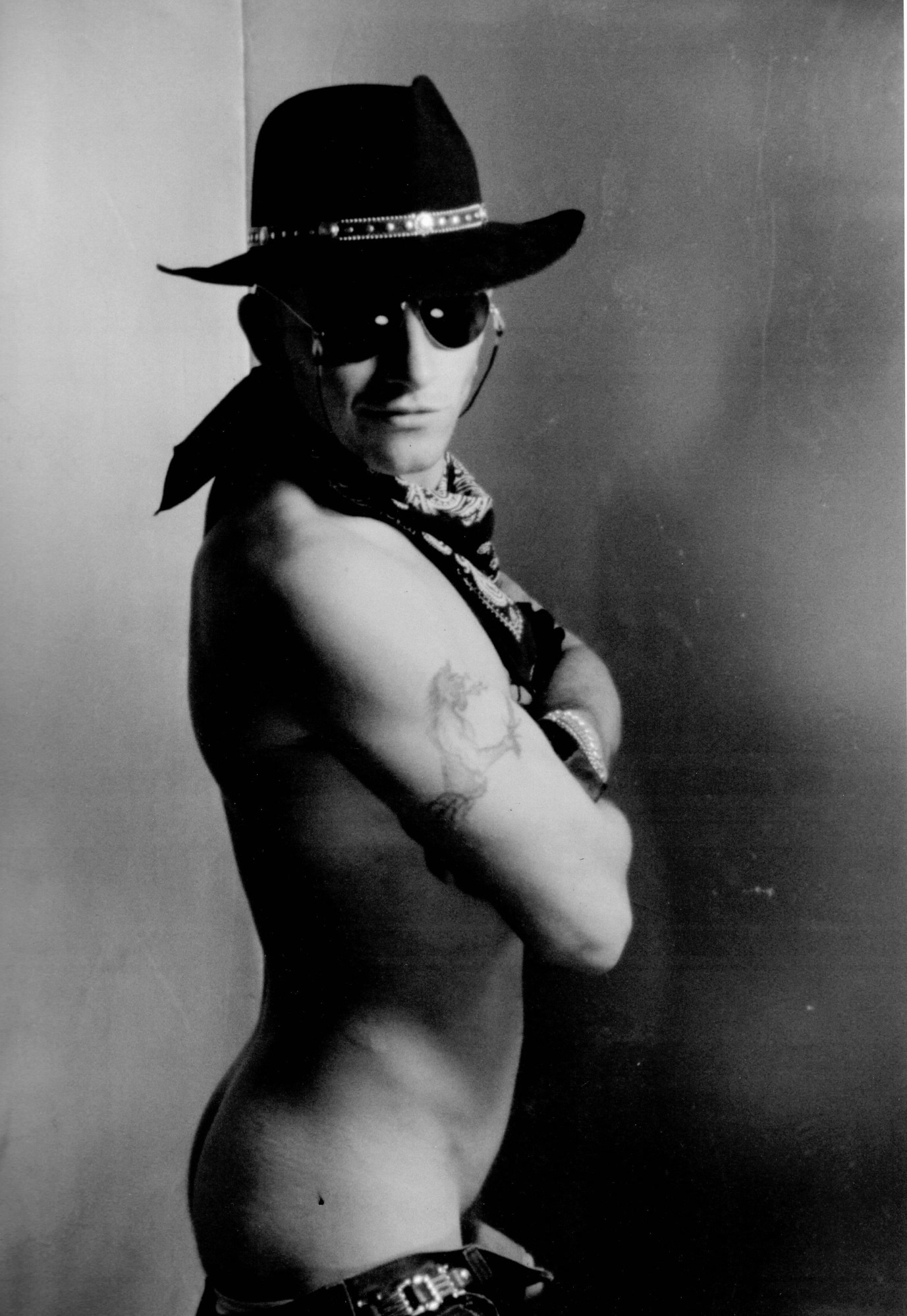
Rick scouted models while cruising in a 1967 Mercury Cougar down the street, pulling up whenever the muse called to him. Pointing to a 1993 photograph of a young man with pockmarked skin, Rick remembers, “I pulled up to him not only because of his skin, but he also had a scar that went from his ear all the way to his chin. I rolled down my window and said, ‘You want to model for me?’ and he looked at me like I had three eyes.”
After his initial shock wore off, the hustler got into the car, but the cloud of anxiety and apprehension never truly dissipated. They arrived in Rick’s apartment, conveniently located on Stanley Avenue, right off Santa Monica Boulevard. The front room was set up as a photo studio; one wall painted matte black, another silver in a nod to Andy Warhol’s Factory. Rick seated the hustler in a 50s dentist’s chair near a window for ambient light. After the hustler turned his face to hide the scar, Rick told him to turn back. “He looked at me with this combo of trepidation, hatred and fear,” he says. “He did it, I took two shots, and then he shouted, ‘Someone’s watching,’ and ran out the door. It was so fast; I didn’t even get his name. By the way, there was nobody there.”

Although the first image didn’t come out, the second one remained — and now appears in the new book, S/M Boulevard: Street Hustlers Photos & Stories 1986–1999, which Rick will be signing on 12 August at the Printed Matter LA Art Book Fair. The book marks a full-circle moment for Rick, who has blazed his own path in an industry that has historically marginalised and excluded fetish photography. “No commercial magazine was going to publish them, so I didn’t have that goal,” he says. “I already had my day job, so this was my fun. I just kept it in my heart.”
S/M Boulevard revisits an iconic chapter of Rick’s early career, bringing together works that paved the way for the seminal 1996 film Hustler White, which he made with Bruce La Bruce. The film was inspired by the wild stories the hustlers shared during their photo sessions. “I call them ‘yarns’ because I was never sure if they were the truth or not. But it was irrelevant.” Rick masterfully wove those threads into a surreal tableau of sex, violence, romance, kink, and street fashion. The film stars Tony Ward as Montgomery “Monti” Ward and Bruce La Bruce as Jürgen Anger, with a glittering cast of hustlers in supporting roles that offer a jaw-dropping look at sex work as never seen before. “I’m basically the Tony Ward character, but I’m a photographer, so all the things that are happening to him are things the hustlers were telling me as I was photographing them.”

“The camera gives you license to ask things, and people will do things they might not normally do,” Rick continues. “There was rarely any tension when I photographed them, and they were really sweet. They had hard lives and were in desperate situations. Once they saw I wasn’t out to use them, we started to have a nice chat. They would share these escapades with horror story-type energy, and that became the script. They had a space to be themselves, where they were heard, recognised, and seen as individuals, which I’m sure they didn’t get that much from clients.”
With S/M Boulevard, Rick celebrates an era that no longer exists: a time when sex work was part of the fabric of everyday city life. “I always romanticised it, and I still do because we know the reality is harsh,” he says. “There are a lot of drugs involved, a lot of abuse and murder. But I always thought it was the last American frontier. You could come to Hollywood and make do with what you had, which was your own body — and it’s not that different from what happens in studios at the end of the day. But if you choose these paths, you’re a villain because you’re doing it openly.”
Rick will be signing copies of ‘S/M Boulevard: Street Hustlers Photos & Stories 1986–1999’ on 12 August at the Printed Matter LA Art Book Fair


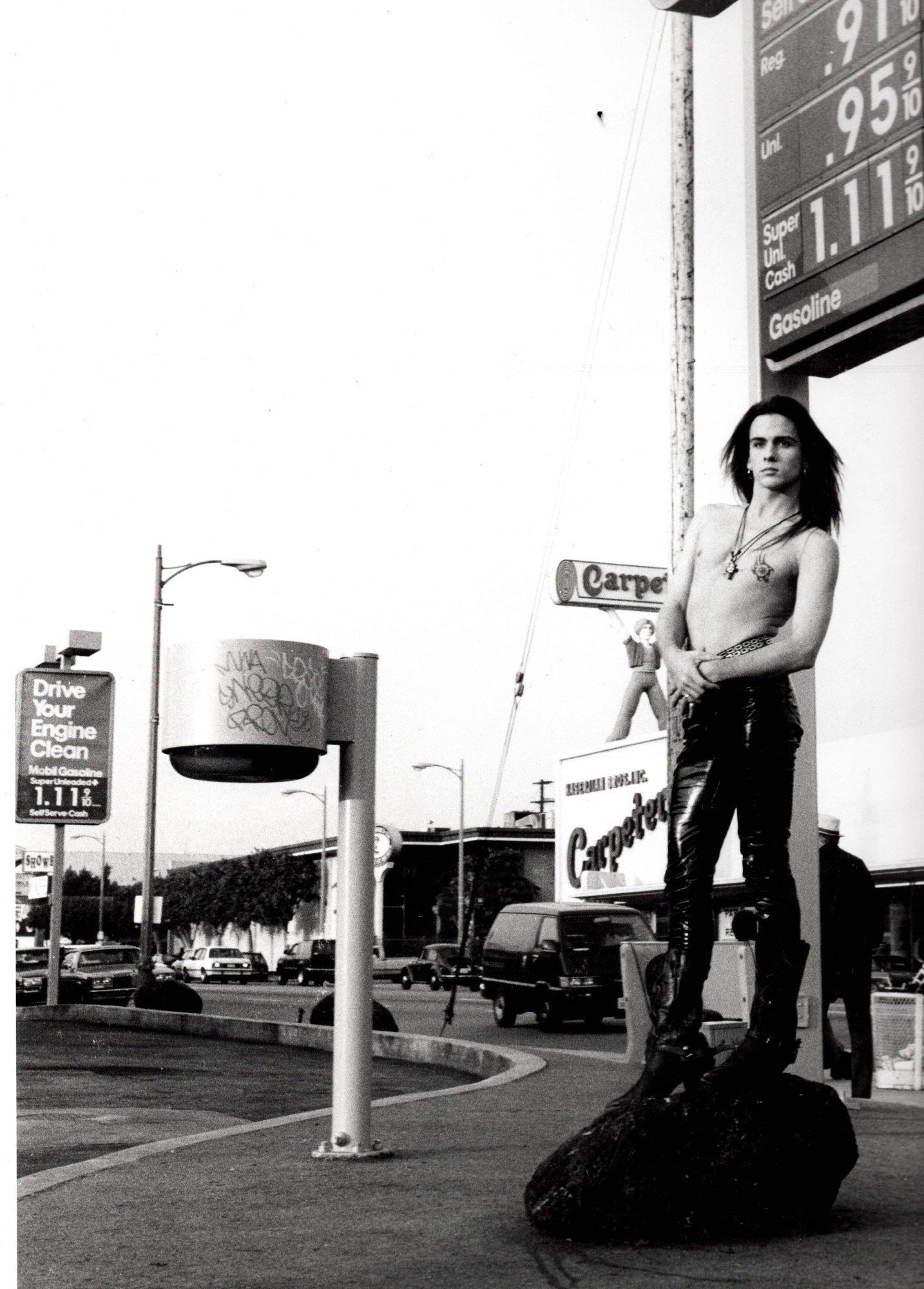
Credits
All photography ©Rick Castro
